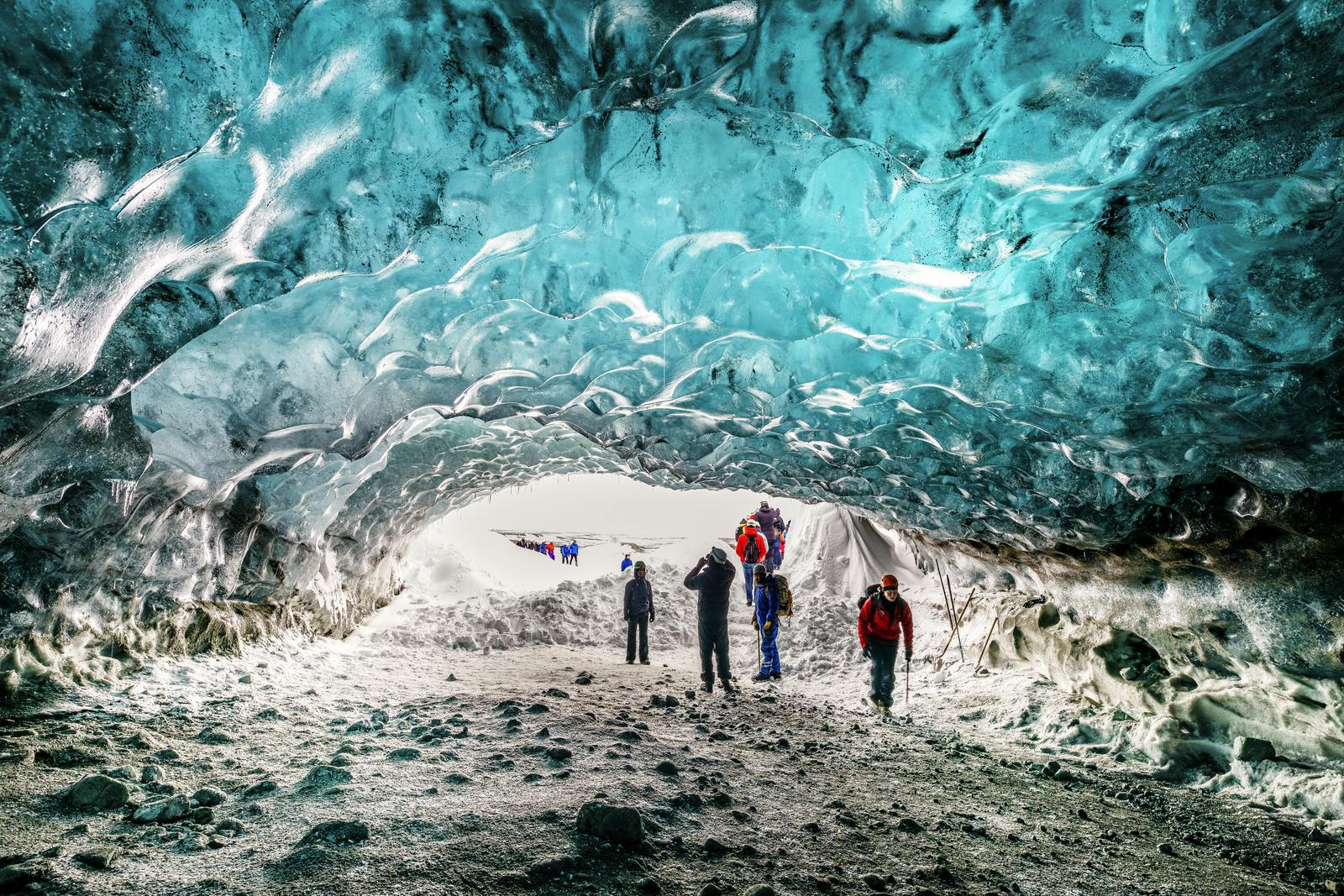
What Are Ice Caves and Why Should You Visit One?
One of the most popular exhibits in Perlan is its ice cave. Visitors can enter a tunnel of ice at the exhibit and feel its cold walls. But in Iceland, these ice caves are usually hidden from sight, far beneath the country’s glaciers.
It’s sometimes possible to access these, too, with a guide. When you do, it’s one of the most breathtaking spectacles you’ll encounter anywhere in Iceland. But how do ice caves form, and what makes them special?
What Are Ice Caves?
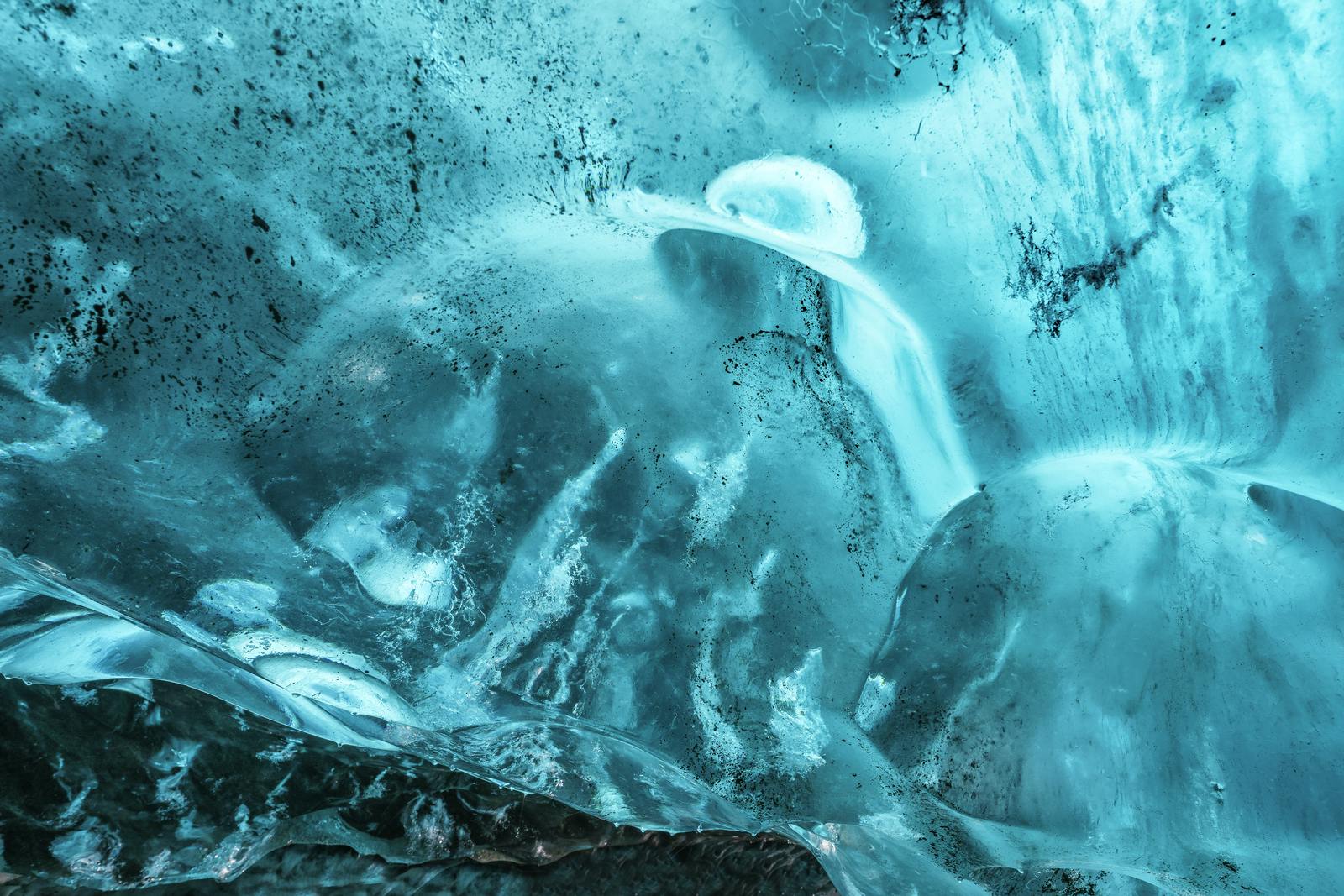
Glaciers in Iceland might look solid, but they act as if they are made of soft plastic as they make their way down mountainsides under the influence of gravity. They twist and flex as they scrape the rocky surface.
Deep, narrow crevasses form as the ice splits apart under the strain. The volume of ice in a glacier is important too. In the zone of accumulation at the top, weighty new snowfalls compact into firn (granular, crystalline snow) and ice.
Conversely, at the bottom, in the zone of ablation, ice is lost from the glacier in meltwater. So even though glaciers appear stationary and unchanging to the naked eye, this cannot be further from reality.
How Are Glacier Ice Caves Formed?
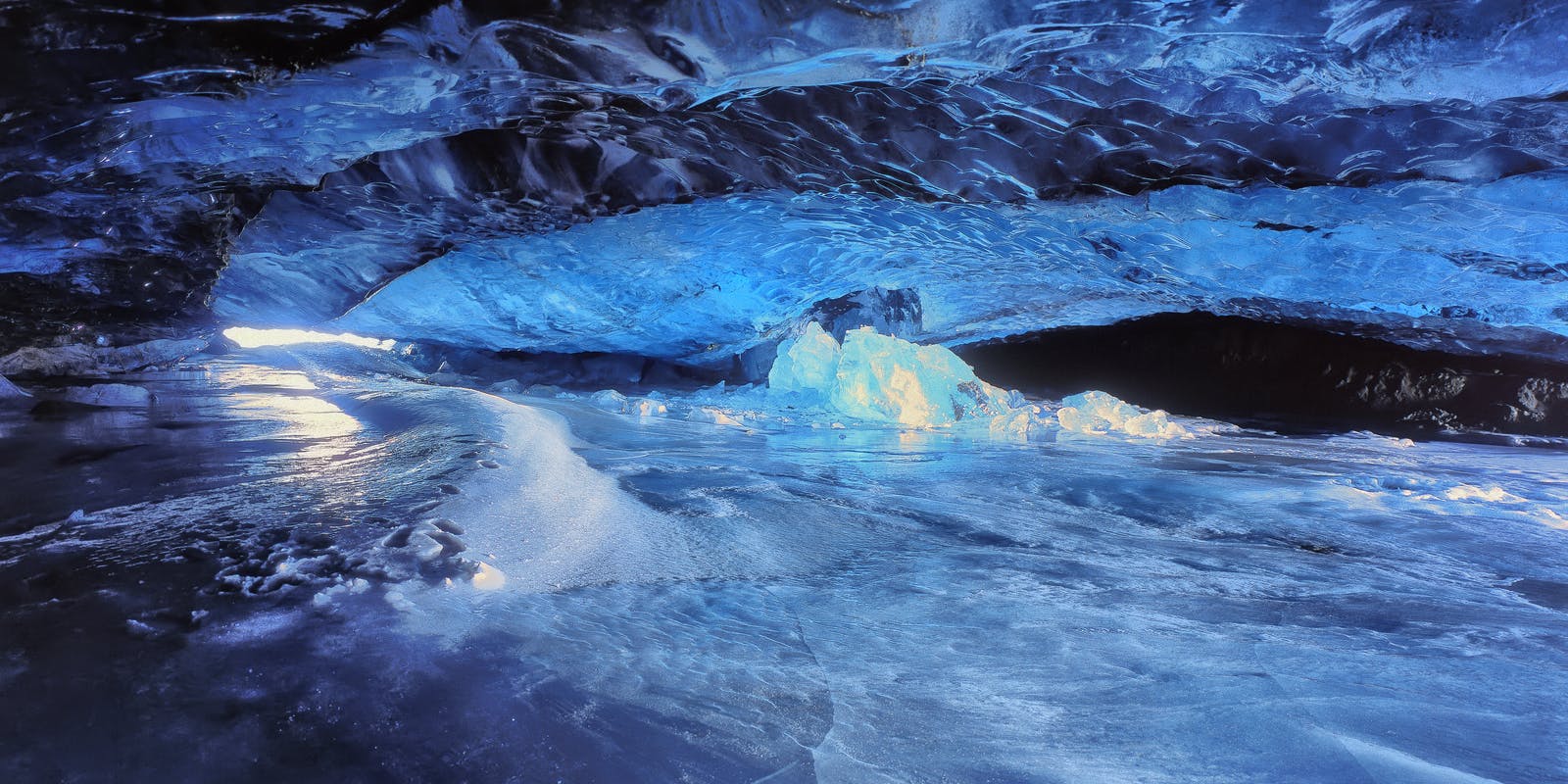
The action of meltwater streams creates Glacier ice caves while they're still below the glacier.
Water is also found on the glacier's surface as the ice meets warmer temperatures, either through direct sunlight or as it meets the warmer air found at lower altitudes. The meltwater slips into the glacier's crevasses and erodes them, finding a route through the glacier. These glacial rivers continue to flow downhill. Where they converge at the bottom of the glacier, the increased volume of water hollows out passageways and caverns from the ice.
Ice caves also form as well-like shafts in the ice, known as moulins. These are usually vertical but can occasionally be horizontal. They are created when surface rivers on the glacier erode the ice, effectively drilling cylindrical shafts right through it. The process is similar to the formation of sinkholes in warmer places. In winter, as the surface water freezes and turns back to ice, the flow is halted, and these moulins empty out to leave ice caves.
Are All Glacier Ice Caves the Same Colour?
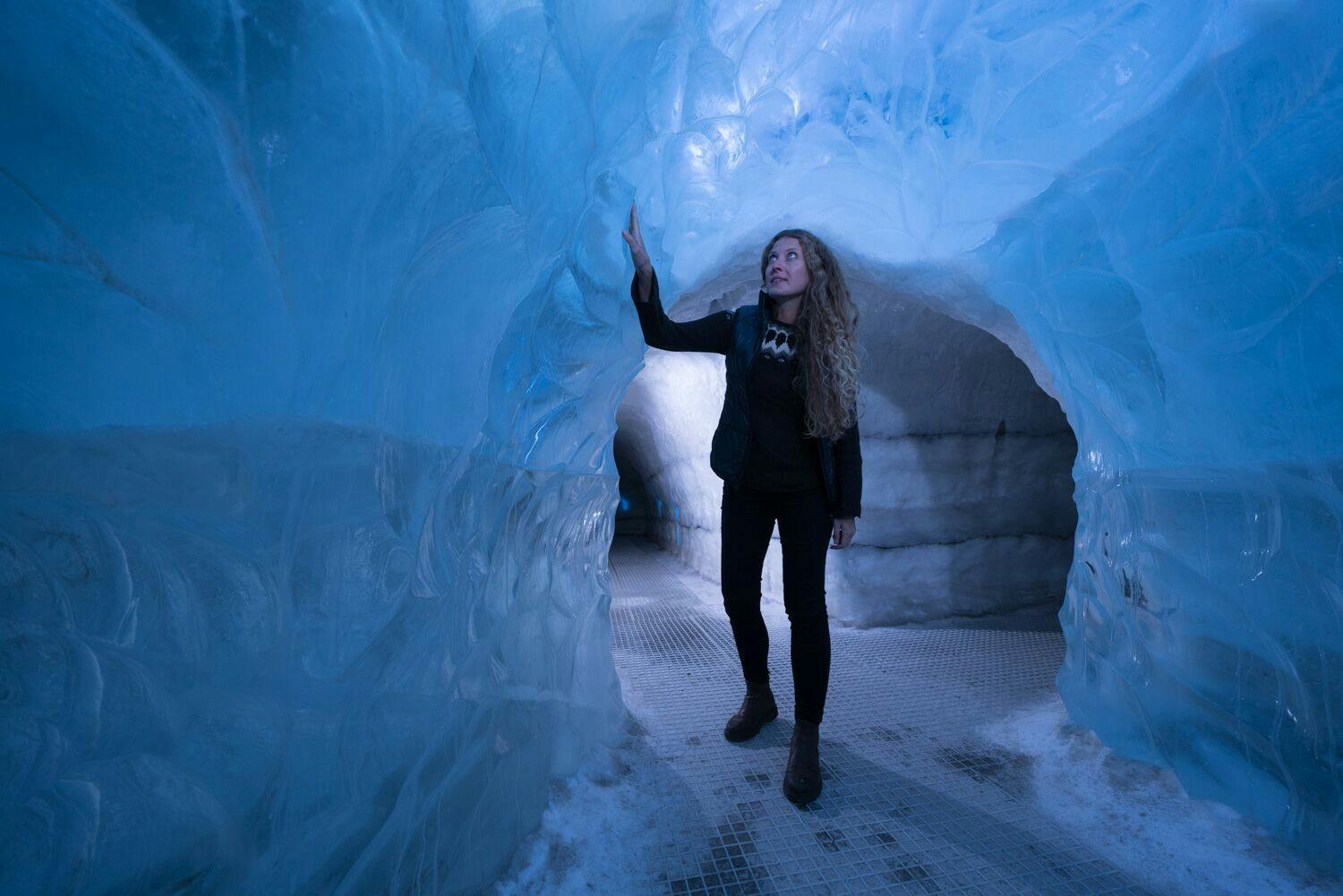
In short, no. Blue ice caves are understandably popular with visitors for their beauty. The denser the ice, the more it is able to absorb light of all colours except blue. If there are any air bubbles, however, they'll scatter the light, so the shade of blue of the ice won't appear so intense.
Some Icelandic ice caves appear black or dark grey, either as a solid colour or stripes. This indicates the presence of tephra, and what you are looking at in the ice is ash from past volcanic eruptions. When this ash is ejected from the volcano's crater, it settles onto the glacier's surface forming a tephra layer.. Over time snow falls on top, and as the snow is compacted, the ash is trapped between layers of ice.
But these subterranean caverns, too, are constantly evolving. As winter approaches, the temperatures start to fall again, and the meltwater freezes over the walls and ceiling of the hollowed-out cave. This new ice is often a translucent blue and rarely smooth – its surface is rippled and scalloped as if a skilled craftsman has painstakingly chipped away at it with a chisel and then buffed it to a high sheen. It truly is the kind of place that takes your breath away.
Where Are the Ice Caves in Iceland?
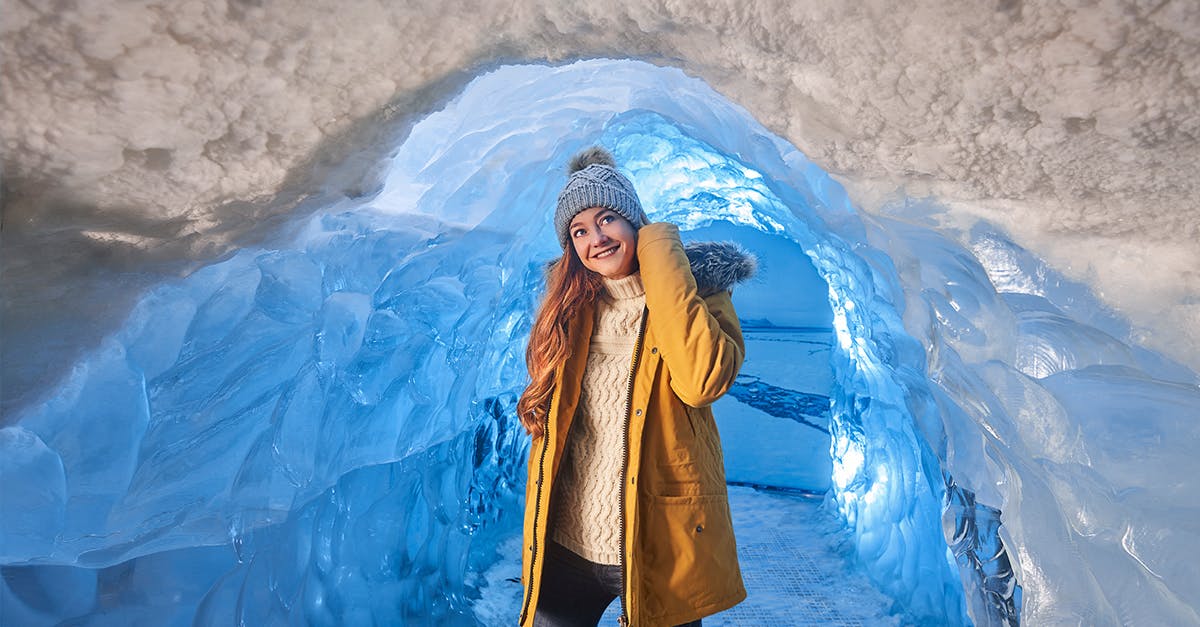
Each year, ice caves form in different locations. Local guides who know the glaciers well are best placed to work out which are safely accessible. They'll also judge which ones to avoid, particularly those where the danger of a roof collapse is significant.
While it's understandable that you'll be excited to visit such an extraordinary place, you shouldn't underestimate the risks involved. Experts will have studied the environment over a period of time and made a thorough inspection before they take anyone else there. That is why visitors should never go into an ice cave without an experienced guide by their side.
Crystal Blue Ice Cave
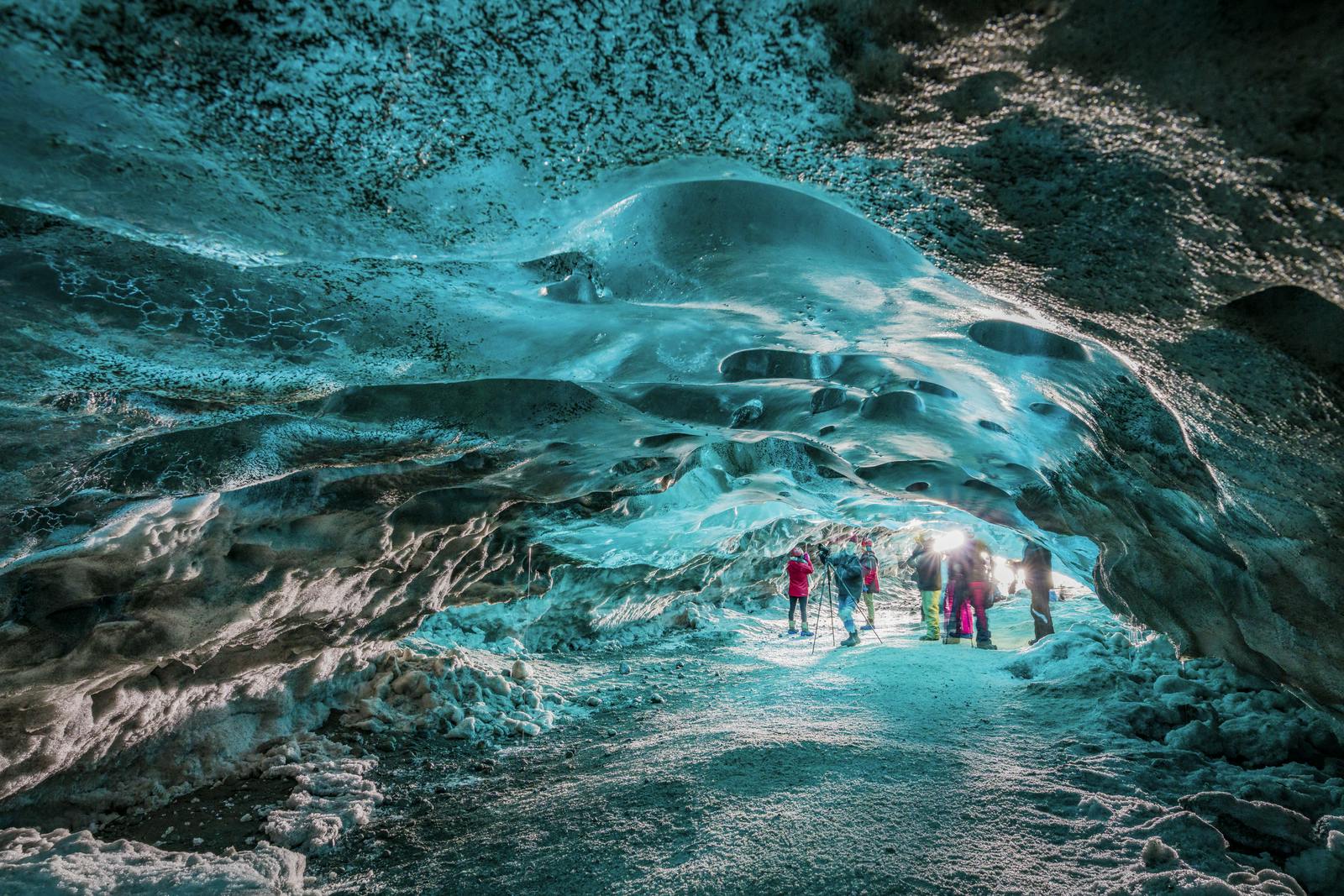
Ice caves vary in size and appearance. Under Europe's largest glacier, Vatnajökull, some of the largest ice caves in Iceland can form. You may have heard of one of the most famous ones, which was dubbed Crystal Cave because of its glittering blue interior. This vast cave could hold dozens of people. Each year, tours depart to the Crystal Cave, but the location varies as one cave becomes accessible and the next replaces it.
Ice caves also exist under Mýrdalsjökull, sometimes referred to as the Katla ice caves. They can be much more of a squeeze, so each person in the group might have to take turns to enter to take a look. These ice caves can be visited year-round. Typically they tend to be white with grey/black layers of ash within the ice, though there are places where blue ice can be seen.
There's also a manmade ice cave under Langjökull. Creating it wasn't as easy as you might think – remember, glaciers are constantly moving. Because of this, any tunnelling and hollowing out had to be done with that in mind. But the skilled engineering team managed to rise to the challenge, and the result of their efforts is one of Iceland's most popular tourist attractions.
Can You Visit Ice Caves in Iceland on Your Own?
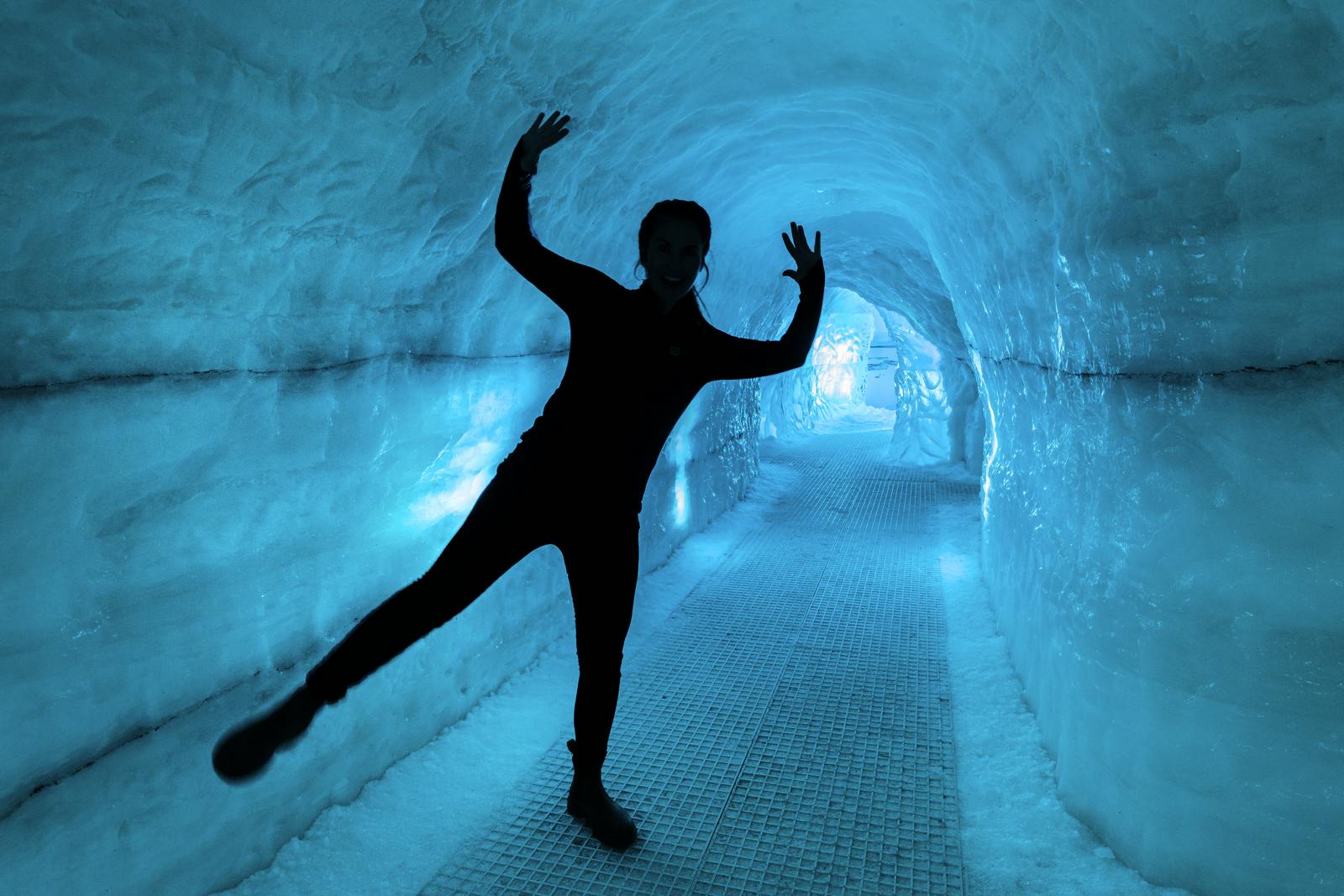
Accessibility is important, as you've got to be able to get up onto the glacier and then hike a reasonable distance to reach the cave. While you'll probably travel part of the way in a vehicle such as a super jeep, it's highly unlikely you'll be able to drive right up to the cave entrance. Also, you probably won't know precisely which ice cave you will be hiking to until the day. What we can promise, however, is that whichever ice cave you visit, you'll agree it has the wow factor in spades.







